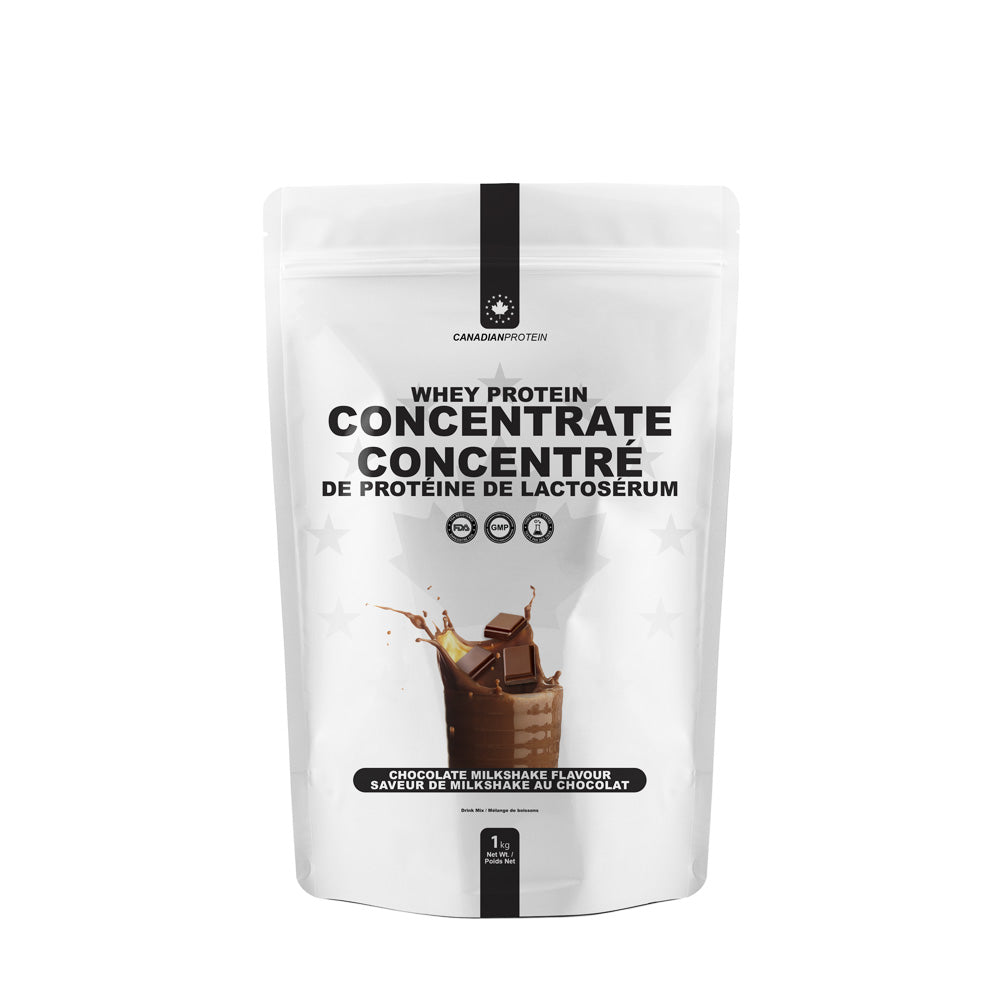If you’re looking to really step up your training game this summer, and are looking to pack lean muscle mass onto your frame as quickly as possible, you need to first find the best training routine and style that works for you. First off, if you’re looking to transform your body quickly, that is unfortunately not going to happen as it takes a great deal longer than just a couple of weeks to completely transform a body. In fact, many transformations take months, even years before individuals are completely satisfied with what they were able to achieve. For most people, when training in the gym and working out regularly, the two primary objectives that they have in mind are to: Burn fat, and, build muscle. Building muscle is an extremely complex procedure and it is certainly not an easy process. Just ask any bodybuilder how difficult it is and they’ll set you straight. Bodybuilding and just simply building muscle is a science, and some would even call it an art. It’s a process in which you fuel your body with the right nutrition at the right times, you perform the right exercises at the right times, and you critique yourself, see which areas need improving, and work your butt off on improving them. One question that a lot of individuals struggling to build muscle tend to ask is: “how many sets per exercise is best”? To help provide an answer to that question and to help these individuals meet their goals much quicker, we’ll now take a more in-depth look.
So, how many sets?!

Whoa, whoa, whoa. Calm down and be patient, although it may seem like we’re taking the politicians approach by droning on and on instead of providing a direct answer, the reason we’re doing so is because there is honestly not one direct answer. Before you even set foot in a gym and pick up a weight, you must first ask yourself what it is you’re looking to accomplish. For example, somebody trying to increase their strength is not going to be performing as many sets or reps as somebody trying to simply tone up a little. Here’s an example of some of the more tried and tested methods, based upon popular training goals and targets:
Strength training – For individuals looking to simply increase their strength, generally the rule of thumb is to go for heavy loads and relatively low reps I.E 4 – 6 reps per set. As for sets however, a large percentage of powerlifters, strongmen, and strength athletes tend to focus on 4 – 6 working sets per exercise. Before reading on, as stated these are working sets, and before jumping into each working set, first off they will perform two or three warm up sets with much lighter weights. Although everybody trains differently, one of the most popular training protocols is to begin with a slightly lighter (but still heavy) weight, perform one set, increase the weight slightly, perform another set, and so on. Pyramiding the weight is also popular amongst strength trainers, in which they will begin with a low weight, increase the weight slightly with each set until they reach failure, and then reduce the weight again. When pyramiding the weights, typically individuals will perform around 6 – 8 sets per exercise.
General muscle growth – For people simply looking to increase their muscle mass, typically they will perform 4 working, only with slightly lighter weights and higher reps. Whereas strength athletes will perform 4 – 6 reps per set, those looking to increase their muscle mass will usually perform anything between 8 and 12 reps per set. As for how many exercises they perform, well, that all depends on which program they’re following. If they’re pairing up muscle groups I.E chest and back, they may perform 3 or 4 chest exercises and 3 or 4 back exercises, with roughly 4 or 5 working sets per exercise.

German volume training – German Volume Training, or GVT as it is known in the fitness community, is a very popular training protocol that places an emphasis on volume, hence the name. The workout itself may only consist of two exercises, and whilst you may be thinking that two exercises is nothing, and is certainly nowhere near enough to be beneficial, just hear us out. With GVT, you select a weight that is probably ordinarily lighter than you would usually use for that particular exercise. Say you’re training chest for example, and you select flat barbell bench press. Whereas ordinarily you’d begin with 135lbs and work your way up to 225lbs, with GVT you would stick with 135lbs for the duration of the entire exercise. However, the exercise is comprised of 10 sets of 10 reps, with one minute break in-between each set. Your first set should feel decidedly easy, but once you reach set 5 or 6, things then begin to get a bit tougher. By the time you’ve reached your tenth and final set, your chest should be on fire. You would then move on to one other exercise, and again perform another 10 sets of 10 reps.
Everything is relative based upon individuals, goals, and targets
So, as we can see from above, there is no one optimal amount of sets per exercise when it comes to working out because it all depends on what you’re looking to achieve. If you’re trying to get stronger, anything from 4 – 8 sets per exercise could be beneficial. If general muscle growth is your goal, 4 working sets is generally the most common, and if you’re trying a new training protocol to mix things up and shock your body into new muscle growth, 10 sets of 10 reps for GVT is ideal. Truthfully it could even come down to trial and error, as you may find your body responding better to fewer sets and higher reps, or more sets and lower reps.













